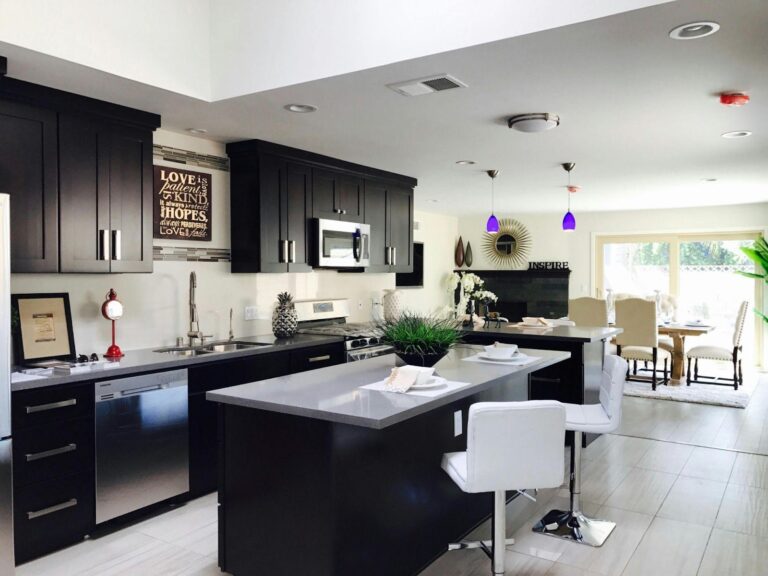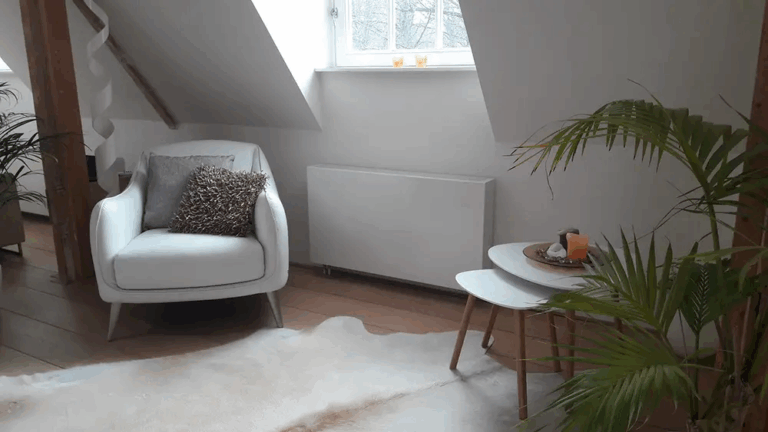
Carbon
Timber decking has long been cherished for its natural charm and timeless appeal. However, while it may look stunning initially, the reality of maintaining timber decking can be a significant undertaking. If you’re considering timber decking for your outdoor space, it’s important to understand the maintenance challenges you might face. Let’s dive into why timber decking can sometimes feel like a never-ending project.
Regular Cleaning Requirements
One of the most fundamental aspects of maintaining timber decking is regular cleaning. To keep your deck looking its best, you’ll need to routinely sweep away dirt and debris. This might sound simple, but keeping your deck free from buildup is essential to prevent staining and mould growth. Additionally, periodic washing is necessary to remove grime and algae that can accumulate over time. While this may seem manageable, it requires ongoing effort to keep the surface pristine, especially if your deck is frequently used or exposed to the elements.
Staining and Sealing
Timber decking requires regular staining and sealing to protect it from the elements. Staining helps to preserve the wood’s colour and grain, while sealing provides a barrier against moisture and UV damage. This process typically needs to be repeated every couple of years, depending on the wear and tear your deck experiences. The task involves thorough preparation, application of the stain and sealant, and proper drying time. Not only does this add to the maintenance workload, but it also incurs additional costs for products and labour if you’re not doing it yourself. Instead, explore low-maintenance options like composite from https://www.dino.co.uk/.
Repair and Replacement
Even with regular maintenance, timber decking can suffer from issues such as splintering, cracking, and warping. These problems often require prompt repair to prevent further damage and ensure safety. While minor repairs can be tackled with DIY solutions, more significant damage may necessitate professional intervention or even partial replacement of the decking boards. This can be both time-consuming and costly, adding to the long-term upkeep of your deck.
Weather Effects
The weather can take a considerable toll on timber decking. Sun exposure can cause the wood to fade and lose its original colour, while rain and moisture can lead to mould, mildew, and wood rot. Temperature fluctuations also play a role, as the wood expands and contracts with the changing seasons, potentially causing cracks and warping. Protecting your deck from these weather-related issues requires ongoing maintenance and can be a major factor in the endless cycle of care.
Pest Problems
Timber decking is also susceptible to pest infestations, particularly from termites, ants, and other wood-damaging insects. These pests can undermine the integrity of your decking and lead to costly repairs. Preventative treatments and regular inspections are necessary to safeguard your deck from these unwelcome guests. Dealing with pest problems can be both challenging and expensive, adding another layer to the maintenance routine.
Reasons to Avoid Tiles and Choose Composite Decking Instead
Have you always thought that outdoor tiles would create a stunning area in your garden? Indeed, when you see photos of tiles, they always look so glossy and clean, which gives them a modern and classy look. However, this material always looks better in property brochures than it does in your garden. Many people admit that they regret getting tiles later on and spending all of that money on them. Let’s take a closer look at some of the reasons why you should avoid tiles and choose composite decking instead.
Hard to Keep Clean
Do you love how glossy the outdoor tiles are in photos? Indeed, this is one of the reasons why people choose to have outdoor tiles for a patio area. However, think about how unpredictable the British weather can be. A small amount of rain is going to change this. In reality, outdoor tiles are hard to keep clean. You’re constantly having to wipe away dirt and debris outdoors. It can become frustrating to clean all the time, and you can’t simply enjoy spending the day in your garden.
Become Slippery
Even if you can keep your outdoor tiles looking good, they aren’t the safest and most practical addition to the garden. In particular, when it’s raining outside, tiles can be slippery to walk on. There’s no grip on the tiles, which means that pets, children and even adults are at risk of falling. This isn’t what you want if you’re joining tiles to your patio doors. Every time you take something to the bin or walk out your back door, there’s a risk of injury. Know that some composite decking has an anti-slip surface that can give you peace of mind.
Can Get Damaged
Most people assume that tiles are durable. After all, they’re heavy and solid to install. However, this isn’t quite true. While they can seem like they’re strong and sturdy, they can actually get damaged very easily. For example, if you drop something, it could crack the tile. You can also leave scratches on the surface if you’re constantly moving around heavy furniture. Instead, composite is much more durable and able to deal with outdoor activities.
Conclusion
In summary, while timber decking offers undeniable beauty and charm, its maintenance can be a continuous project requiring significant effort and cost. From regular cleaning and staining to dealing with weather effects and pests, timber decking demands ongoing attention. By considering these maintenance challenges, you can better assess whether timber decking is the right choice for your garden or if a low-maintenance alternative might better suit your needs.
Write and Win: Participate in Creative writing Contest & International Essay Contest and win fabulous prizes.


